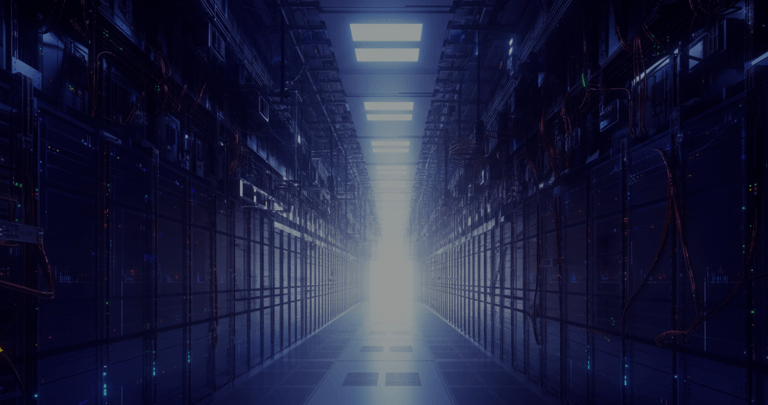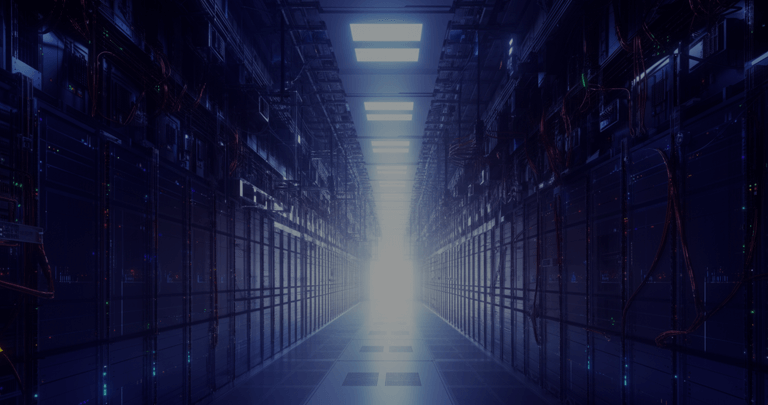The Future of a Software Factory is to Become an AI Factory


“AI is eating the world.” If we adapt
Marc Andreessen’s famous phrase from 2011, which stated that “Software is eating the world” [1], we can
safely say that now it’s AI’s (Artificial Intelligence) turn.
In March 2024, Jensen Huang, CEO of Nvidia, took
the stage at the company’s annual event and said, “We are entering a new era, a new industrial revolution driven
by GPUs—the era of AI,” and within this context, we will see the emergence of “AI Factories” [2].
Who would have imagined that a hardware company
(or at least that’s what we thought), would soon become the most valuable company in the world, overtaking the “eternal”
giants Apple and Microsoft? Nvidia, already a $1 trillion company, reached $3 trillion at a startup-like speed. A hardware
company? Not quite. It’s a company of GPUs (Graphics Processing Units). But more accurately, it’s an AI company.
The New Era of AI
Yes, we know AI has been around for a long time.
We know that humans have fantasized about robots performing automated tasks for over a century. But what we’ve seen
in recent years is a major leap, a great revolution that will form the foundation for what is being called “The Age
of AI.”
It all began with Deep Learning models that attempt
to “imitate” how neurons appear to function in our brains. These are Neural Network algorithms. It took a long
time for these algorithms to show satisfactory results, and many had lost hope. However, through a combination of events (increased
computational power, large datasets, and innovative algorithms like Transformers), as if by magic, we witnessed AI reach an
“intelligent” level, pass the Turing Test, and become available to everyone. This was the birth of OpenAI’s
ChatGPT.
It feels like ages ago, but ChatGPT version 3.5,
which astonished humanity with its response quality, was launched at the end of 2022 and reached users in early 2023. From
there, as seen with previous technological advancements, “the world changed.”
The Age of Intelligence
Sam Altman, CEO of OpenAI and a Y Combinator alumnus,
called the era we’re living in “The Intelligence Age” [3]. And yes, we are already living in this era. OpenAI’s
vision for the AI levels we have achieved and will achieve in the coming years includes:
Level 1 – Chatbots. Already achieved, as ChatGPT began.
Level 2 – Reasoning. AI with “logical reasoning,” achieved with OpenAI’s o1 model. (It’s
worth noting that the term “reasoning” is used as an analogy, as AI fundamentally relies on large-scale mathematics
and statistics.)
Level 3 – Agents. Predicted by Andrew Ng (the AI professor of this generation) [4] [5], AI agents perform
long-duration tasks, interact with other AIs, execute multiple interactions within an environment, and ask for help when needed.
We are already at the start of this phase, but 2025 will see a broader application of AI agents.
Level 4 – Innovators. AI “creating” new things and innovating. Currently, AI relies on all the world’s
written knowledge and existing human understanding, so it doesn’t necessarily “create”. But it will. AI
will innovate, explore, and understand long-unresolved phenomena, making discoveries. This is the next level we will enter
in the coming years.
Level 5 – Undefined. A level not yet well-defined, where AI can be instructed to “Go and do something”
on the scale of an entire company or organization. This is one of OpenAI’s short-term (years) goals.
Sam Altman also emphasized, “We’re nowhere
near saturation,” and noted, “AI models will improve rapidly.” Jensen Huang echoed this, predicting that
what we will witness in the next few years (one to three years) in AI evolution will be overwhelming. What we’ll see
in the next ten years will show exponential scaling like never before, growing at 2x to 3x per year [6], far surpassing Moore’s
Law, which states that chip capacity doubles every 18 to 24 months [7].
Jensen highlights that this unprecedented exponential
growth stems not only from advancements in chips (which his company produces) but also from improvements in communication
speed (both inside and outside data centers) and software development (better algorithms with superior results). Jensen emphasized:
“We will modify algorithms to reflect system architecture, then adjust systems to reflect new software architecture,
iterating continuously” [6].
And for all of this, we’ll need a lot of energy
[8].
Unanimity
We’ve seen many technological revolutions.
Recent examples include the PC revolution, the Internet revolution, and the Mobile revolution, each seeming larger than the
last. But this time, we’re facing the largest revolution: the AI revolution, which will dwarf all the others.
But will this much-discussed “AI Revolution”
actually happen?
This time, it seems unanimous among all technology
leaders and icons. From Bill Gates, who stated that “AI will be the greatest revolution I will witness in my lifetime,”
to Andrew Ng’s assertion that “AI is the new Electricity,” to Sam Altman comparing it to “the Invention
of the Transistor,” Masayoshi Son declaring that “Nvidia is still undervalued,” Sundar Pichai claiming that
“AI is the most profound technology humanity is working on,” Elon Musk predicting that “we’ll have
AI smarter than any human by around 2025,” Raymond Kurzweil stating “the singularity is near,” Marc Andreessen
proclaiming “AI will save the world,” and Jensen Huang’s unique remark: “Software is eating the world,
but AI will eat software.”
Visionnaire in the New AI Era
So, where does Visionnaire stand in all of this?
At the forefront, of course.
We are repositioning as a company. We are changing
our slogan and positioning ourselves not only as a Software Factory that develops AI systems but as an “AI Factory”
that also develops software.
AI is rooted in our vision and mission for the coming
years. We have worked with AI for quite some time, but it was time to showcase our commitment to the world. Starting this
month, following a year-long effort, we are directing the entire company toward AI—not only in software development,
system creation, and innovation (which is part of our DNA) but also in production, administration, processes, documentation,
specifications, coding, piloting, and as a true co-pilot. Using AI in a software factory’s coding production significantly
enhances results.
Welcome to this new era. Welcome to the Age of Intelligence.
Welcome to an “AI Factory.”
Sergio Mainetti Jr.
Co-founder and Director of Visionnaire
[1] Why Software is Eating the World. Marc Andreessen, A16Z. 2011.




